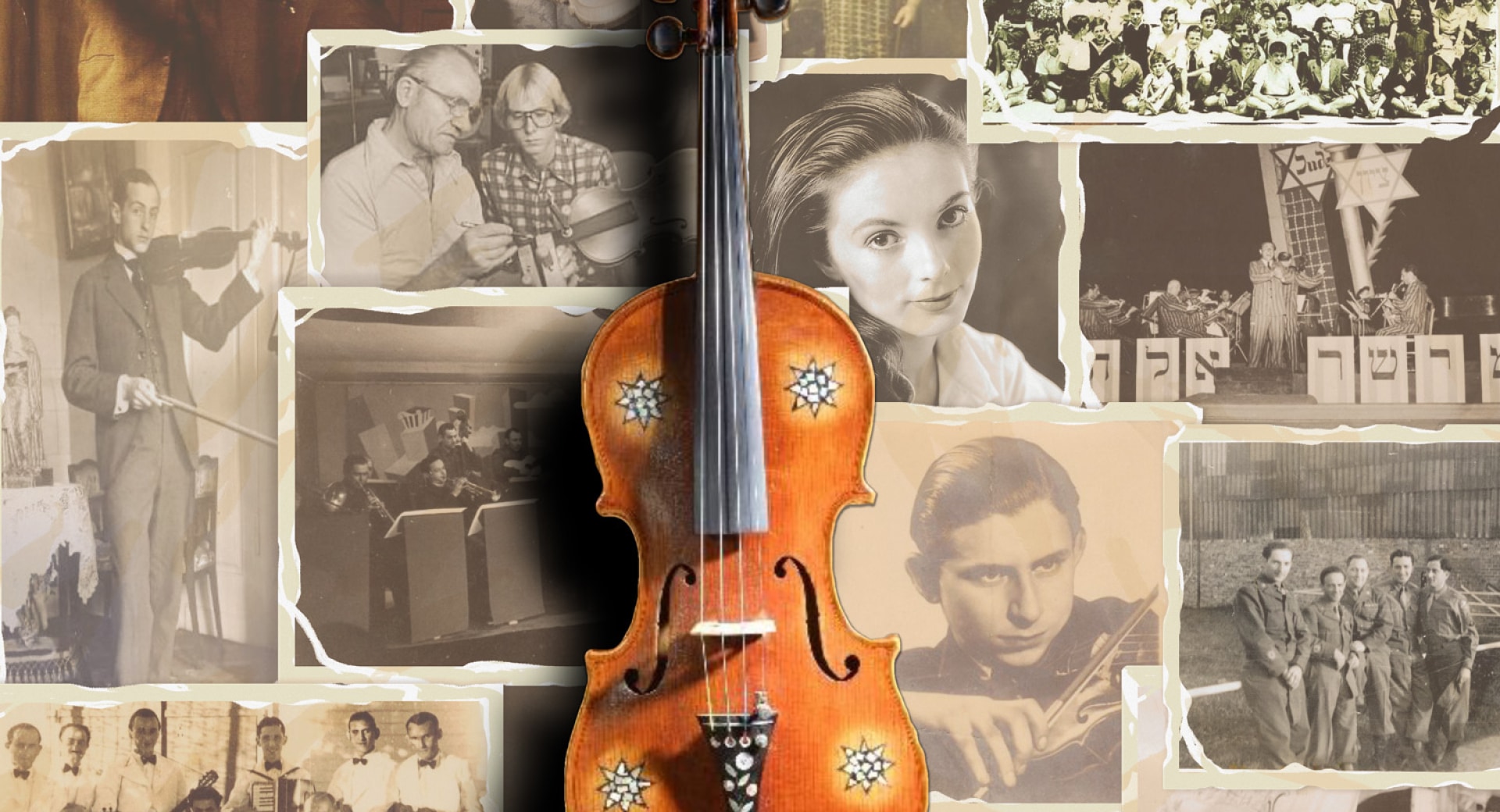
Violins of Hope at Milwaukee Ballet
Milwaukee Ballet is honored to partner with Violins of Hope—Wisconsin presented by the Milwaukee Youth Symphony Orchestra for our upcoming production of Giselle.
"Violins of Hope" is a collection of stringed instruments that Jewish musicians and others targeted by the Nazis owned and played before and during the Holocaust. Their Wisconsin residency runs September 2025-January 2026 and includes educational, display, and performance-based events in collaboration with over 55 organizations.
Michael Pink’s Giselle reimagines the timeless ballet within the tumultuous landscape of wartime 1940s, transforming its tragic romance into a moving exploration of love, resilience, and the power of forgiveness. In harmony with VoH’s mission, this production acknowledges the darkness of that era while elevating the solace and escape that the arts provided then and continue to offer today.
The presence of a VoH violin onstage serves as a poignant anchor, reminding us that while Giselle is a work of fiction, the Jewish experience during World War II was devastatingly real—and must never be forgotten.
A violin from this collection appears onstage during Act I. It belonged to William Stepansky, a young surgical tech who marched with the U.S. Army through central Germany, and who was the son of Jewish emigrés from Ukraine who fled in 1921. Read its full story below
In the spring of 1945, as the U.S. Army’s 80th Infantry of Patton’s 3rd Army made its way through central Germany, GIs reached the famous Hohner factory in Trossingen. One of Germany’s premier manufacturers of musical instruments, it produced detonators for the military during the war. But when the GIs arrived, instruments were still aplenty, among them a fine mid-18th century violin by the Prague maker Tomas Andreas Hulinzky (1731-1788), founder in 1779 of the Bohemian Society of Luthiers and maker, inter alia, of prized examples of the Viola d’amore.
That evening, passing through the unit’s surgical clearing station, a group of GIs showed the violin to a young surgical tech, William Stepansky, who was known to be a serious violinist. He was the son of Jewish emigrés from Ukraine, born in Rumania during the family’s flight from the Kievan pogroms of 1921. Did Stepansky want the violin? the GIs asked him. Well then, he would have to play it for them, then and there. And without hesitation, the gifted young violinist from South Philadelphia, a long-time student of Emmanuel Zetlin at the Settlement Music School, played for them. And the violin was his.
As the 80th continued its northward trek, the bulky instruments “liberated” from the Hohner factory were slowing its forward progress. So the order came down from command: Troops were to get rid of the instruments at once. Fortunately, Bill Stepansky had lost no time in hiring a local farmer to build a sturdy wooden box, and the Hulinzky was already en route to Philadelphia when the order came down. The 80th reached Weimar in April and discovered the horror of Buchenwald. The violin awaited his return in 1946, when it became his musical companion for the next half century, easing painful memories of the final winter in the freezing woods of Bastogne, followed by the liberation of Buchenwald. It was the violin his wife and four sons listened to every weekend when he practiced. The demands of his busy career as a family physician
never interfered with practice time, which included ensembles with his sons. Throughout the 1960s and 70s, he led a string quartet of gifted amateurs in performances for local audiences that often included friends, neighbors and patients
